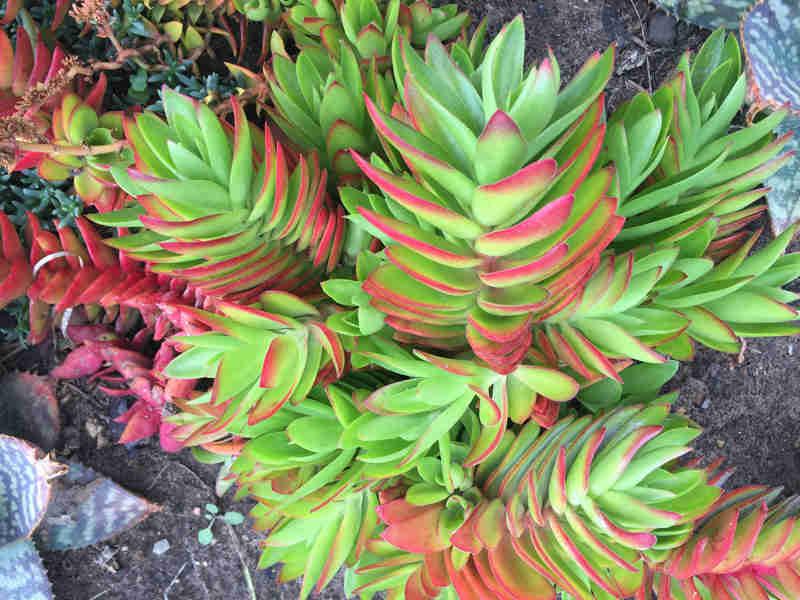GARDEN ROUTE NEWS - It’s become commonplace to turn on the news and hear about remarkable weather events of late: reports of record-breaking warm temperatures well into the 30s and 40s in most parts of our country, the effects of drought on farming and the devastating destruction of flash flooding, to name a few.
At the end of October we experienced temperatures of 44º Cs, unprecedented for this time of the year, followed by gale-force winds which helped fan the fires along the Garden Route.
Although gardeners are accustomed to coping with variable weather conditions, in some parts of the country warmer than usual summers and winters with below-average rain have gone from the exception to the expected. Fundamentally, today’s climate is much different to that of 10 or 15 years ago. Recent estimates predict an increase in global mean temperature of 2.4 to 6.4ºC by the end of the century.
Longer summer
In general, the changing climate is resulting in shorter spring seasons, while summer and autumn are lengthening. This can result in drought-like conditions which will cause the soil to harden into a crust, making it not only hard for water to permeate but also more difficult for the soil to hold any water.
To offset drought conditions, consider adding organic compost: this enhances the condition of the soil by binding particles that hold water and nutrients in place rather than letting the water pass through too quickly. This also gives the roots of the plant something to anchor to.
Mulching also helps retain moisture to protect the plants from drying out quickly. It also moderates soil temperature fluctuations, which helps prevent plant stress.
Further, it protects the root systems of plants that may be otherwise pushed out of the ground through the natural expansion and contraction that occur in the soil as it cools off and heats up, and helps to keep roots cooler during high-heat periods.
 Consider a succulent garden: you can create an attractive design by combining interesting leaf forms and colours. Photos: Esther Townsend
Consider a succulent garden: you can create an attractive design by combining interesting leaf forms and colours. Photos: Esther Townsend
Water-wise planting
Some things to consider when developing a water-wise garden:
- Roses, vegetables, flowering annuals and bedding plants require a lot of water: minimise areas for planting these.
- Consider a succulent garden: you can create an attractive design by combining interesting leaf forms and colours.
- Lawns are water guzzlers: reduce the size of your lawn or replace with gravel or hardy groundcovers.
- Choose hardy shrubs, either indigenous or exotic. Some of our indigenous plants also suffer greatly in extreme heat and drought conditions; research the hardiness of any replacement plants before making a choice.
- Mulch the flowerbeds to minimise evaporation.
- Install a water tank.
- Give plants a good soak rather than a sprinkling every day.
 Choose hardy shrubs, either indigenous or exotic.
Choose hardy shrubs, either indigenous or exotic.
The recent water restrictions in many parts of our country, and the alarming projections for water availability in South Africa are wake-up calls to gardeners across the country. The availability of potable water in Knysna is of grave concern as we are totally dependent on the water flow of the Knysna river and its tributaries. We do not have a large enough storage dam to act as a backup in the event of drought conditions.
It must be remembered that Knysna has had water restrictions in one form or another for many years.
With increased developments and population growth, our water resources can simply not cope with the demand. Water availability will further change in the near future, and we will all have to change with it.
'We bring you the latest Garden Route, Hessequa, Karoo news'
















